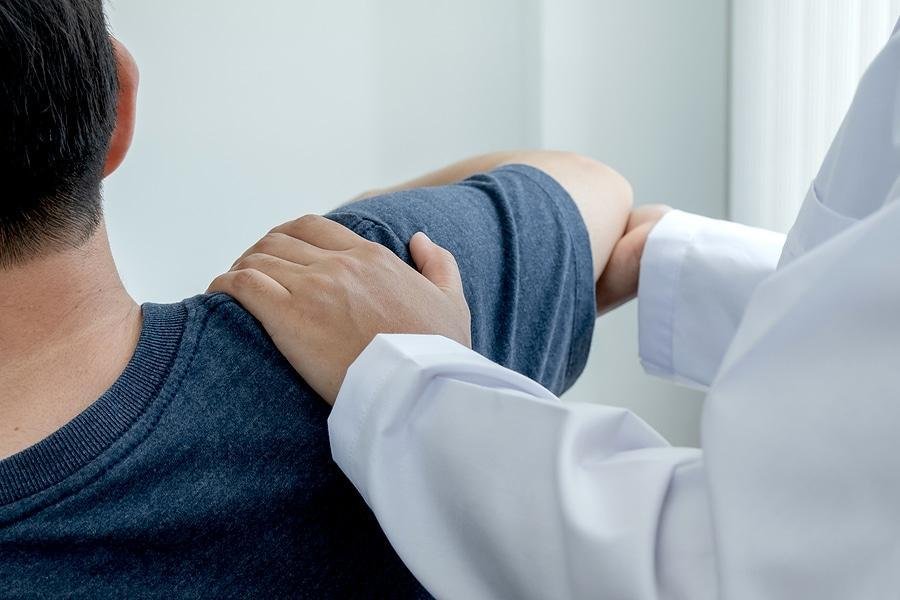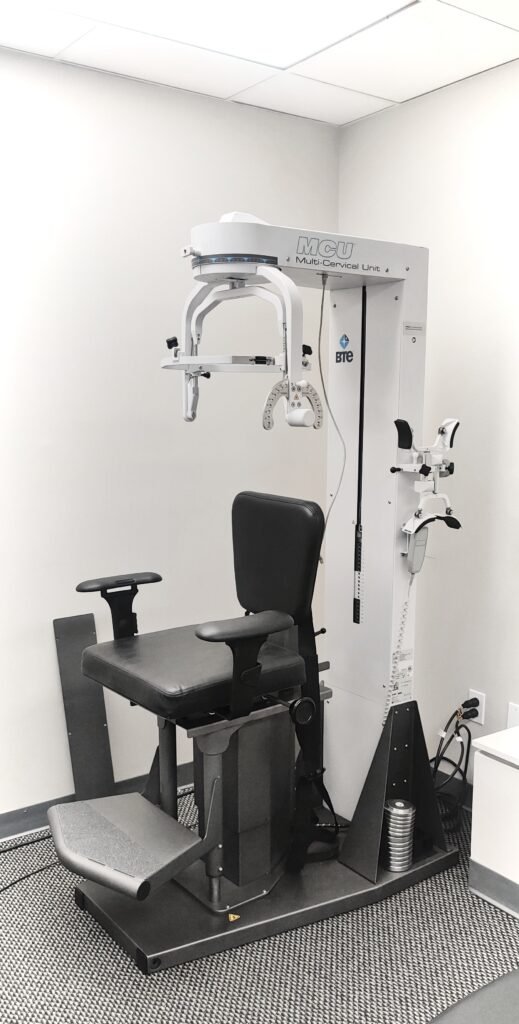Diagnosing Your Injuries Requires a Trained Injury Doctor

In-House Digital X-Rays:
At Quiro Rehab, we provide high-definition digital X-ray imaging in-house to ensure quick, precise diagnostics for auto injury patients. Our state-of-the-art technology allows us to capture detailed images, enabling us to identify injuries that might not show up on traditional MRIs. This technology is particularly valuable for diagnosing ligament injuries in the cervical and lumbar spine, ensuring that we can accurately pinpoint the location of damage. By grading sprains and strains, we can assess the severity of the injury, which is crucial for developing an effective treatment plan. Proper grading of sprains helps guide treatment strategies, recovery time, and the overall success of care.
How X-Rays Help Grade Your Injuries:
We utilize Dr. Croft’s Grading System to guide the treatment of ligament injuries, particularly those related to auto accidents. This evidence-based system provides a clear framework for assessing the severity of sprains and strains, allowing us to create a more personalized and effective treatment plan for each patient. By grading injuries according to the level of damage, we can determine the appropriate interventions, adjust the timeline for treatment, and track progress with greater precision. Using Dr. Croft’s system, we apply a structured approach to care that is grounded in the latest research and clinical evidence. This method ensures that our treatments are tailored to the unique needs of each patient, helping to facilitate a quicker recovery and improve overall outcomes.
Advanced Technology to Measure Abnormal Spinal Motion:
We use cutting-edge technology to measure excessive spinal motion, a key indicator of ligament and joint injuries caused by auto accidents. By utilizing advanced diagnostic tools, we can quantify the abnormal movement of the spine, providing clear evidence of injury. This technology helps us detect damage that may not be visible on traditional X-rays or MRIs, ensuring that we can accurately assess the severity of the injury.
Measuring excessive motion allows us to not only confirm the presence of injury but also to track recovery and progress. By providing objective data, this technology plays a crucial role in developing a precise treatment plan and supporting the overall effectiveness of care. It also provides valuable documentation to prove the extent of damage caused by an accident or other injury.
We utilize advanced technology to identify injuries that may not be visible on MRIs, helping us pinpoint the exact location of spinal ligament damage following a car accident or other trauma.
Hyperflexion Injuries
Hyperflexion injuries in whiplash occur when the neck is forced into excessive forward motion, stretching and damaging the spinal structures, particularly the posterior longitudinal ligament (PLL). This type of injury is common in car accidents, where the force from the impact causes the head to snap forward, resulting in ligament sprains and potential disc injuries. The PLL, which runs along the back of the spine, can become overstretched or torn during hyperflexion, leading to instability and pain.
Damage to the PLL is a key consideration in the diagnosis and treatment of whiplash, as it can significantly impact spinal stability and recovery.

Hyperextension Injuries
Hyperextension injuries occur when the neck is forced into excessive backward motion, often during a rear-end car collision. This motion stretches and damages the spinal structures, particularly the anterior longitudinal ligament (ALL), which runs along the front of the spine. Hyperextension can cause strain or tearing of the ALL, leading to pain, instability, and potential disc injuries.
Injury to the ALL can severely impact the alignment and function of the spine. Proper diagnosis and treatment are crucial to managing these injuries, as they can contribute to long-term issues if left untreated. Early diagnosis and therapy is your best chance at avoiding long-term complications.
Physical Exam
Neurological Exam
Orthopedic Exam



We perform a comprehensive physical exam for all auto injury patients to assess the extent of their injuries and identify key areas of concern. This exam includes tests for range of motion, muscle strength, reflexes, tenderness, and spinal alignment, along with specialized evaluations for ligament damage. By carefully examining each patient, we can create a tailored treatment plan that targets their unique needs and promotes healing.
A thorough neurological exam is performed to assess any potential nerve damage or impairment following an auto injury. This exam includes testing reflexes, sensory function, coordination, and motor skills, along with evaluating cognitive function if needed. By carefully evaluating these areas, we can identify any neurological issues that may require specialized treatment or therapy, ensuring a comprehensive approach to injury care.
An orthopedic exam is conducted to evaluate musculoskeletal injuries following an auto accident. This exam focuses on joint stability, muscle strength, range of motion, and the presence of any pain or swelling. By assessing these factors, we can identify specific areas of injury and create a targeted treatment plan to address any orthopedic issues, helping to restore mobility and reduce discomfort.
Multi-Cervical Unit: Objective Measurements for Neck Injuries



The Multi-Cervical Unit (MCU) is an advanced therapeutic device used to treat neck pain and injuries, particularly those caused by auto accidents. It combines the benefits of precise, controlled exercises with biofeedback technology to strengthen the cervical spine and improve its stability. The MCU allows us to customize the intensity and range of motion to target specific areas of weakness or dysfunction, helping patients recover more efficiently from neck injuries such as whiplash or hyperextension/hyperflexion trauma.
Through a series of movements, the Multi-Cervical Unit strengthens the muscles that support the cervical spine, improves posture, and enhances overall neck function. By monitoring real-time data, it provides valuable feedback on performance, helping both patients and clinicians track progress. This targeted rehabilitation tool is an essential part of our approach to managing cervical spine injuries, offering a non-invasive, evidence-based solution to restore mobility and reduce pain.
